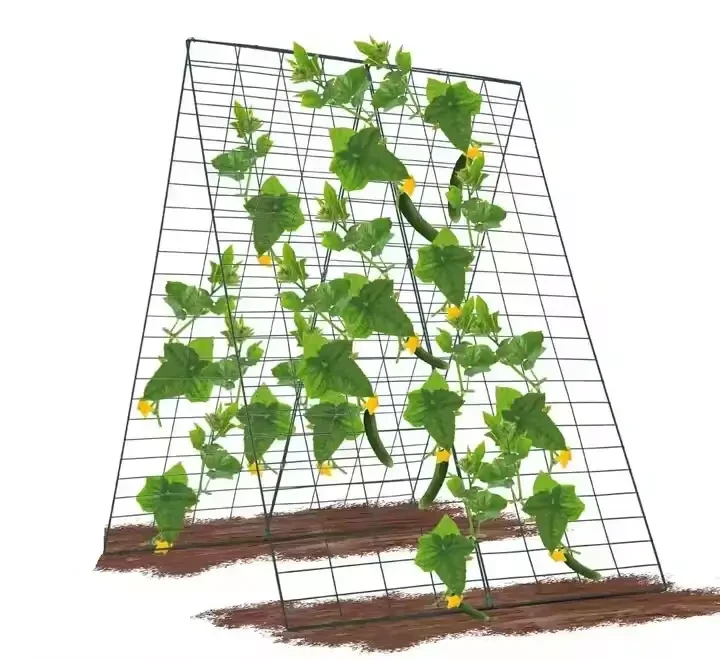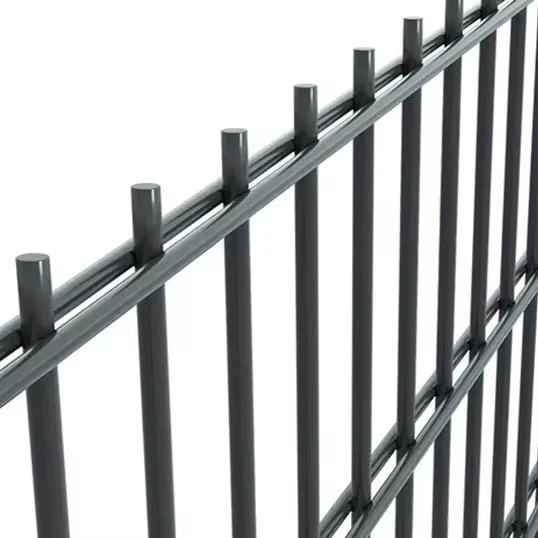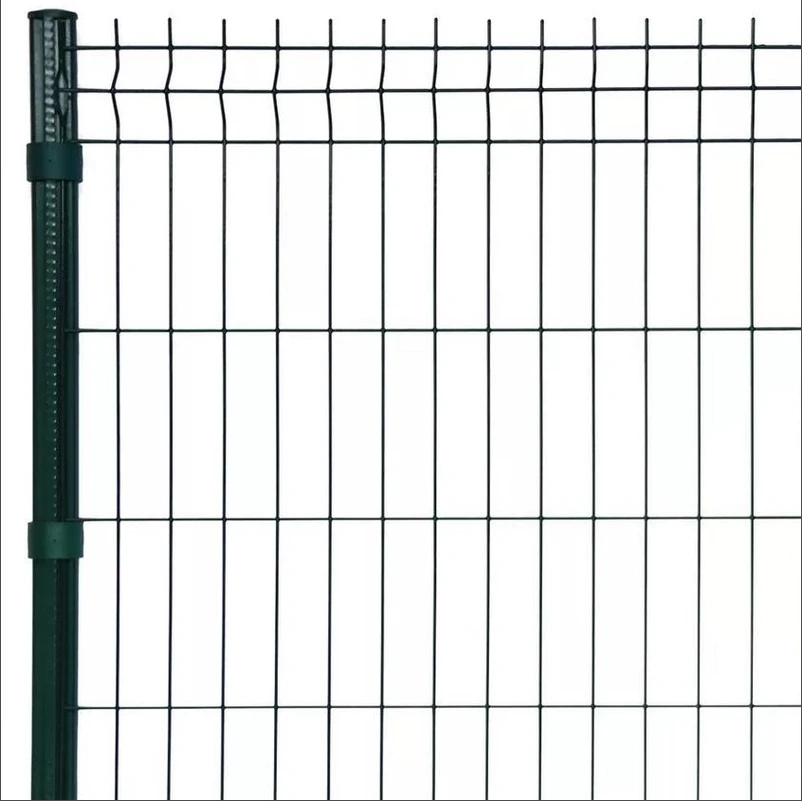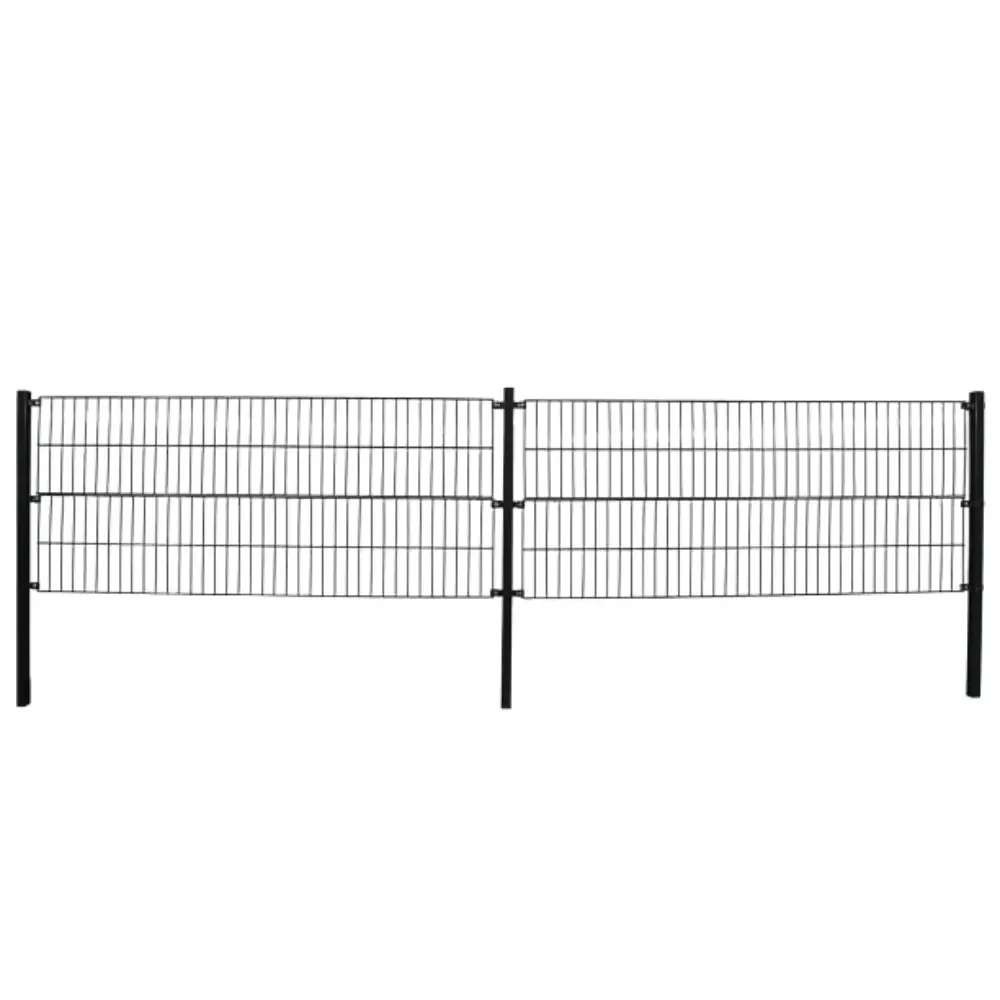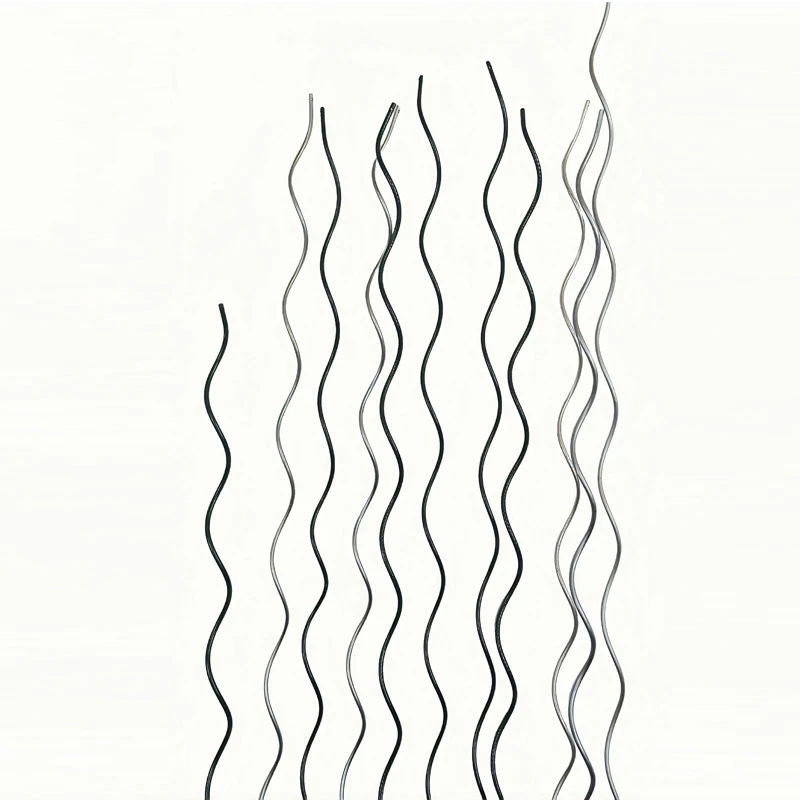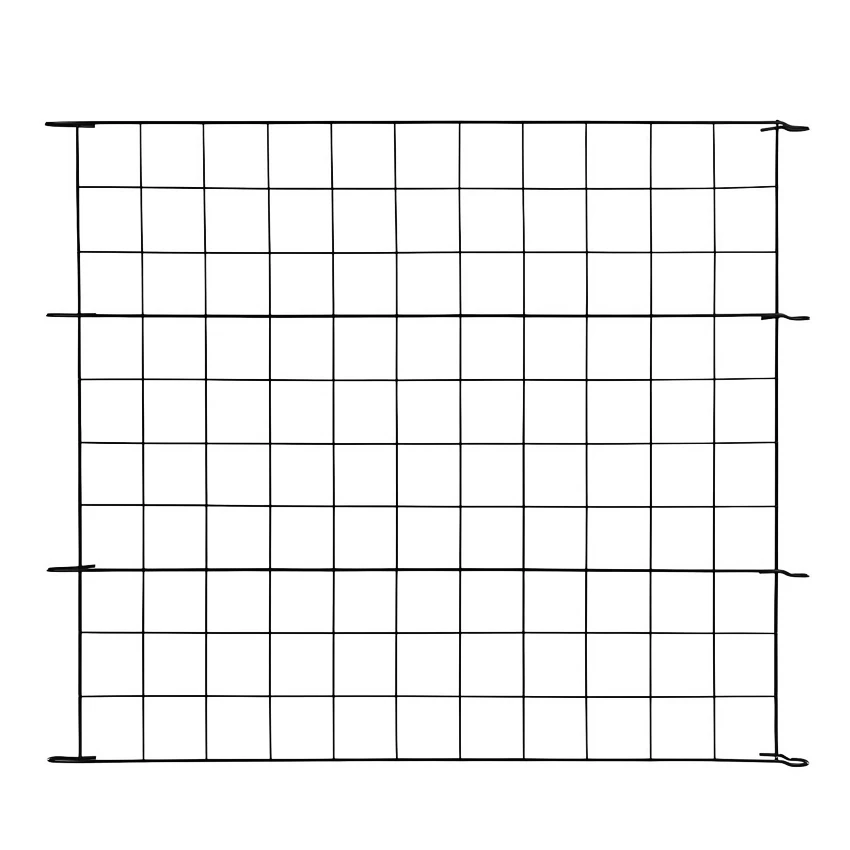-

-
 Whatsapp:+86 17732187393
Whatsapp:+86 17732187393 -


- Afrikaans
- Albanian
- Amharic
- Arabic
- Armenian
- Azerbaijani
- Basque
- Belarusian
- Bengali
- Bosnian
- Bulgarian
- Catalan
- Cebuano
- Corsican
- Croatian
- Czech
- Danish
- Dutch
- English
- Esperanto
- Estonian
- Finnish
- French
- Frisian
- Galician
- Georgian
- German
- Greek
- Gujarati
- haitian_creole
- hausa
- hawaiian
- Hebrew
- Hindi
- Miao
- Hungarian
- Icelandic
- igbo
- Indonesian
- irish
- Italian
- Japanese
- Javanese
- Kannada
- kazakh
- Khmer
- Rwandese
- Korean
- Kurdish
- Kyrgyz
- Lao
- Latin
- Latvian
- Lithuanian
- Luxembourgish
- Macedonian
- Malgashi
- Malay
- Malayalam
- Maltese
- Maori
- Marathi
- Mongolian
- Myanmar
- Nepali
- Norwegian
- Norwegian
- Occitan
- Pashto
- Persian
- Polish
- Portuguese
- Punjabi
- Romanian
- Russian
- Samoan
- scottish-gaelic
- Serbian
- Sesotho
- Shona
- Sindhi
- Sinhala
- Slovak
- Slovenian
- Somali
- Spanish
- Sundanese
- Swahili
- Swedish
- Tagalog
- Tajik
- Tamil
- Tatar
- Telugu
- Thai
- Turkish
- Turkmen
- Ukrainian
- Urdu
- Uighur
- Uzbek
- Vietnamese
- Welsh
- Bantu
- Yiddish
- Yoruba
- Zulu
Feb . 05, 2025 04:12
Back to list
custom aluminium fencing
In recent years, there's been a noticeable shift in how property owners approach their fencing projects. Many are veering towards no dig fencing, a method that promises not just remarkable durability and aesthetics, but also an environmentally friendly way of setting boundaries without the need for extensive groundwork.
Aesthetically, no dig fencing offers a range of possibilities that cater to various preferences and styles. From classic picket fence designs to modern sleek panels, there's something for everyone. The lack of visible posts and concrete bases contributes to a clean and streamlined look, enhancing the visual appeal of any property. Additionally, since the fence is not permanently cemented into place, it can be easily adjusted or removed if the property's design needs to evolve, providing flexibility that traditional fences lack. Cost-effectiveness further elevates the appeal of no dig fencing. While the upfront costs may appear similar to traditional methods, the savings in installation time, labor, and potential repair make it a more economical choice in the long run. Furthermore, by avoiding the use of concrete, which is labor-intensive and costly, property owners can significantly reduce their expenses without compromising on quality or durability. One might ask about the potential limitations of no dig fencing. Critics often worry about stability. However, when installed correctly, with appropriate spacing and depth for the posts, these fences can withstand substantial pressure and environmental impacts. Proper site assessment and adherence to manufacturer guidelines are key in maximizing the fence's performance. No dig fencing is steadily gaining recognition and appreciation among both residential property owners and commercial developers. With its compelling combination of sustainability, durability, and aesthetic variety, it is fast becoming the preferred choice for conscientious homeowners seeking to enhance their property's value and appeal without sacrificing environmental and financial considerations. In conclusion, no dig fencing stands as a testament to modern engineering and environmental mindfulness, proving that it is possible to marry functionality with ecological responsibility. As it continues to make waves in the fencing market, it invites property owners to rethink and reshape how boundaries are built, paving the way for a future where construction and nature coexist harmoniously.
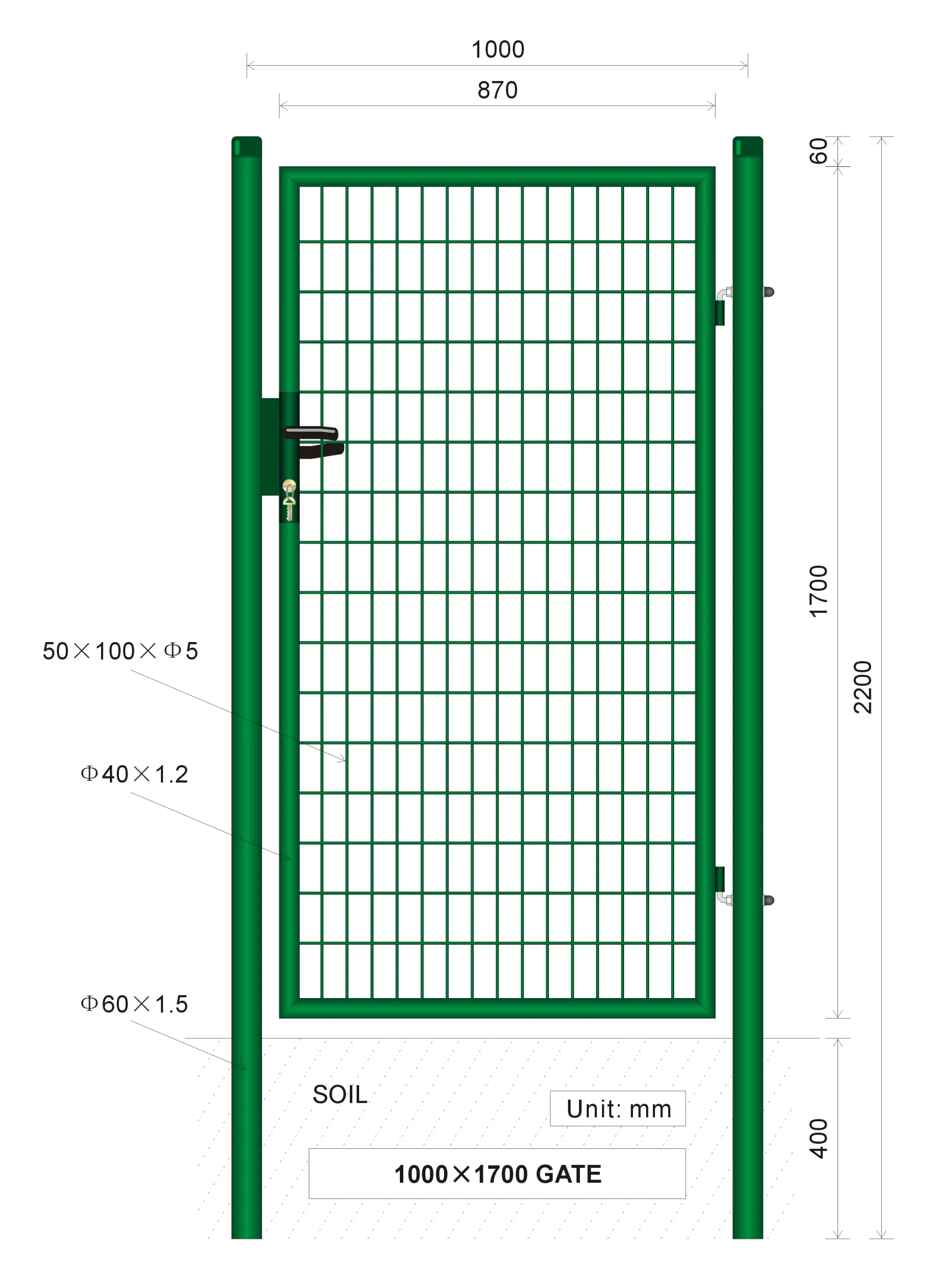

Aesthetically, no dig fencing offers a range of possibilities that cater to various preferences and styles. From classic picket fence designs to modern sleek panels, there's something for everyone. The lack of visible posts and concrete bases contributes to a clean and streamlined look, enhancing the visual appeal of any property. Additionally, since the fence is not permanently cemented into place, it can be easily adjusted or removed if the property's design needs to evolve, providing flexibility that traditional fences lack. Cost-effectiveness further elevates the appeal of no dig fencing. While the upfront costs may appear similar to traditional methods, the savings in installation time, labor, and potential repair make it a more economical choice in the long run. Furthermore, by avoiding the use of concrete, which is labor-intensive and costly, property owners can significantly reduce their expenses without compromising on quality or durability. One might ask about the potential limitations of no dig fencing. Critics often worry about stability. However, when installed correctly, with appropriate spacing and depth for the posts, these fences can withstand substantial pressure and environmental impacts. Proper site assessment and adherence to manufacturer guidelines are key in maximizing the fence's performance. No dig fencing is steadily gaining recognition and appreciation among both residential property owners and commercial developers. With its compelling combination of sustainability, durability, and aesthetic variety, it is fast becoming the preferred choice for conscientious homeowners seeking to enhance their property's value and appeal without sacrificing environmental and financial considerations. In conclusion, no dig fencing stands as a testament to modern engineering and environmental mindfulness, proving that it is possible to marry functionality with ecological responsibility. As it continues to make waves in the fencing market, it invites property owners to rethink and reshape how boundaries are built, paving the way for a future where construction and nature coexist harmoniously.
Previous:
Latest news
-
Outdoor Steel Garden Border Fence Roll | Decorative Flower Bed EdgingNewsAug.01,2025
-
Top Aluminium Slat Fencing Suppliers | Premium & DurableNewsJul.31,2025
-
Cheap Popular Laser Cutting Steel Sheet Garden Fence Panels WholesaleNewsJul.30,2025
-
Fence Or Balcony Privacy Screen Decorative For Apartments UV ProtectionNewsJul.30,2025
-
Galvanized Raised Garden Beds for Sale – Durable Metal Design, Affordable PricesNewsJul.29,2025
-
High Quality Galvanised Wire Mesh Panels for Fencing SolutionsNewsJul.29,2025
Related Products
